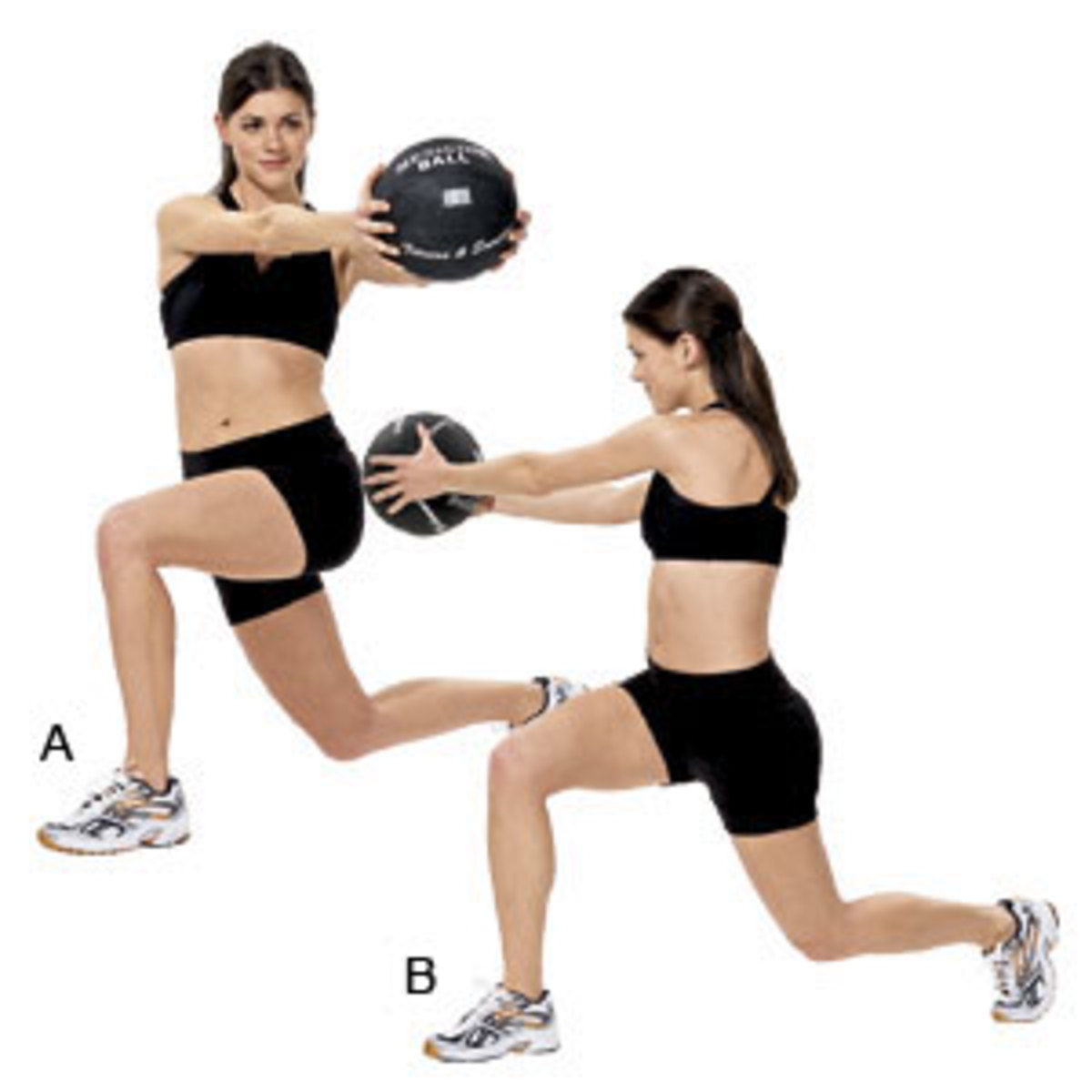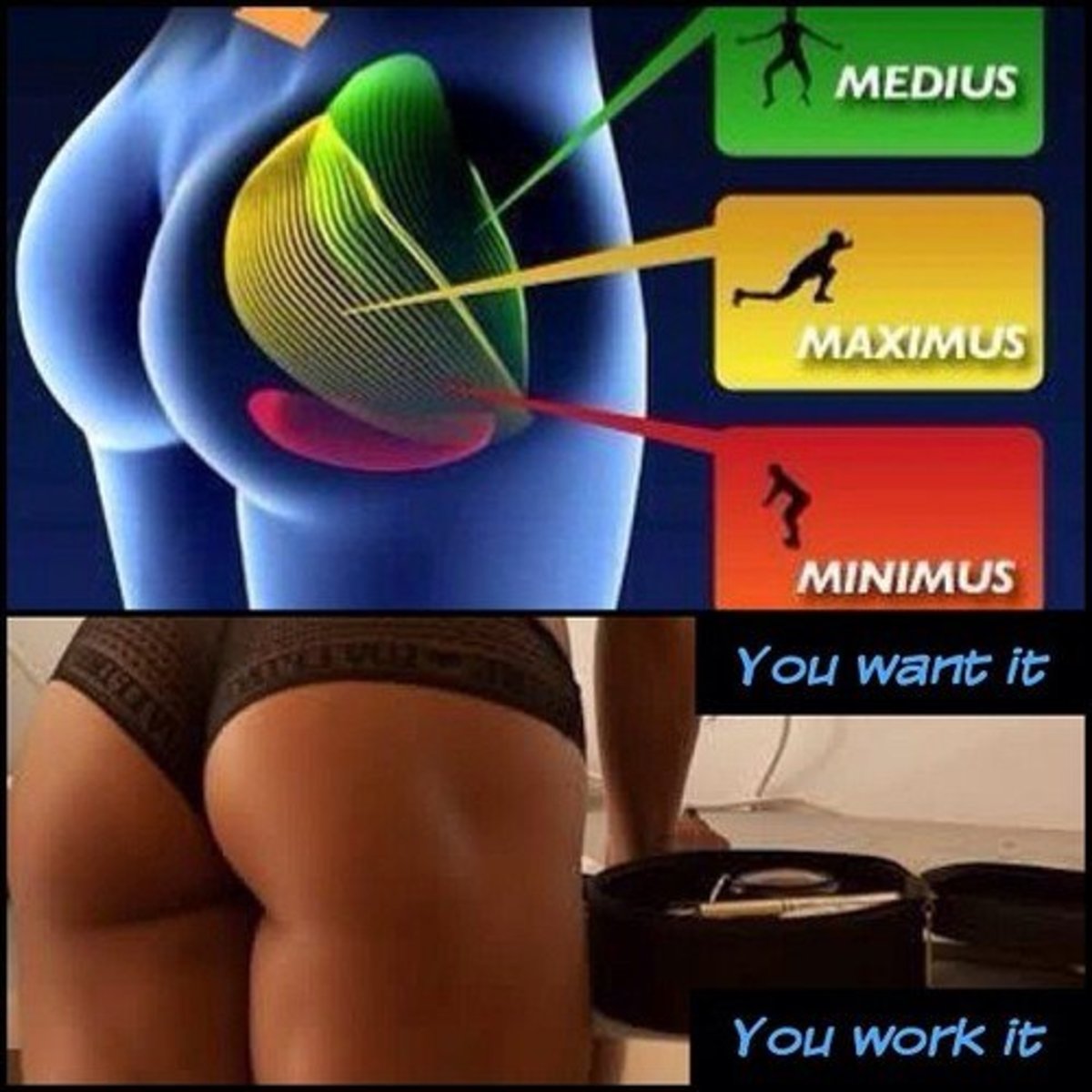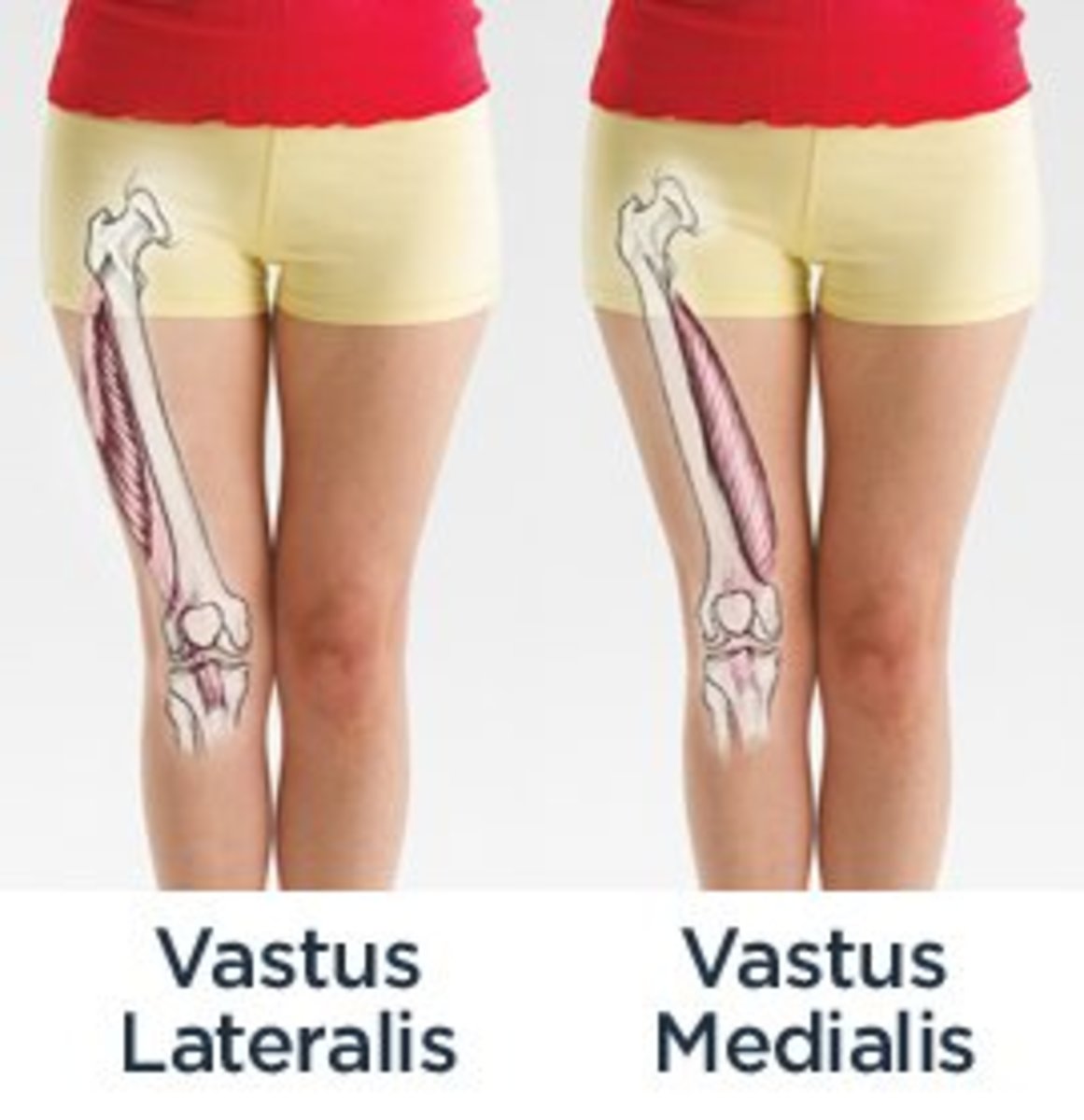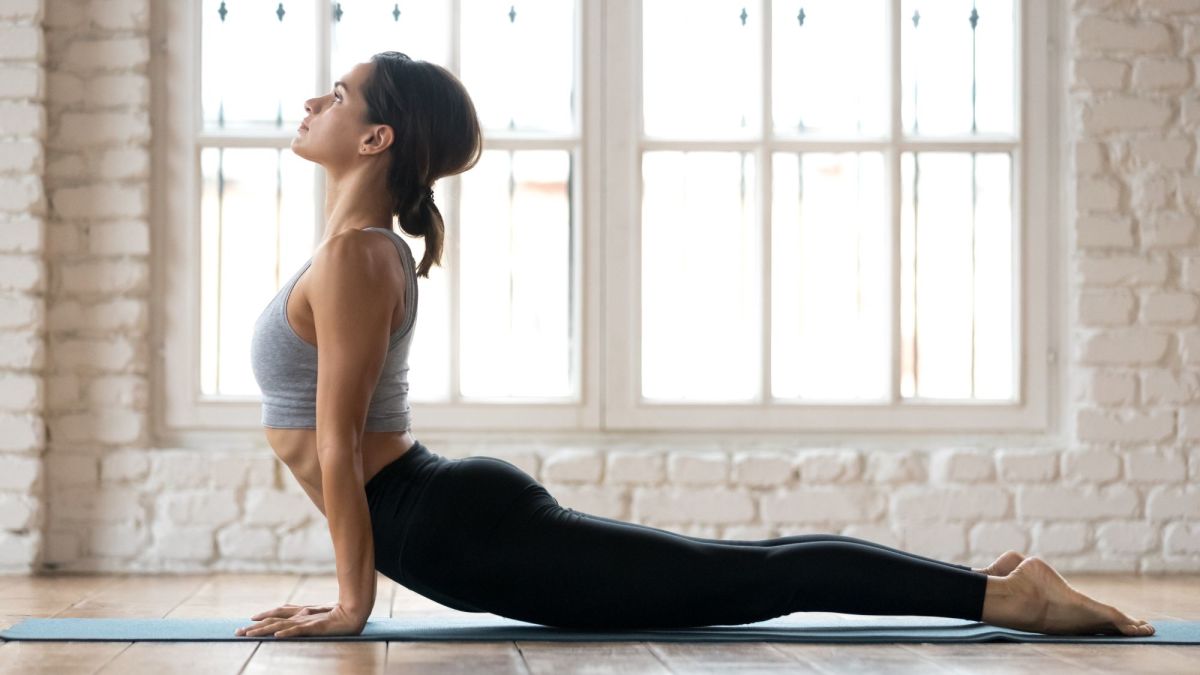The Four Exercises Every Fitness Business Should Build Around
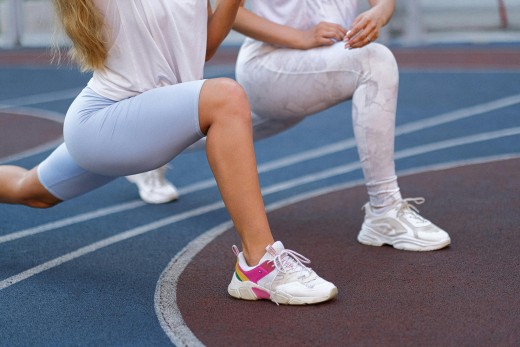
When it comes to fitness, trends come and go fast. Boot camps of high intensity are all the rage one year, and resistance bands or dance classes another. Just because a fad rises and falls, however, it does not preclude the existence of exercises that work. These exercises require few tools (if any), may easily be adjusted to each level of fitness, and help establish strength and stability that can be readily applied to daily life.
Four powerful moves that can be the foundation of most exercise routines are push-ups, squats, planks, and lunges. Whether you are working out in your own home, in a gym, or participating in a group dance class, these old-time classics will help in building stronger physical centers, postures, and out all round body confidence. Best of all, they are evergreen, meaning that they will be useful and applicable even years to come.
Why These Four Exercises?
Each of these movements targets fundamental aspects of strength and mobility:
-
Push-ups develop upper-body strength.
-
Squats develop the lower body and functional movement.
-
Planks develop core posture and stability.
-
Lunges develop balance and coordination, as well as create strength.
Combined, they provide an even well-rounded base for fitness. They can be adapted to beginners or advanced athletes, require little to no equipment, and can be done almost anywhere.
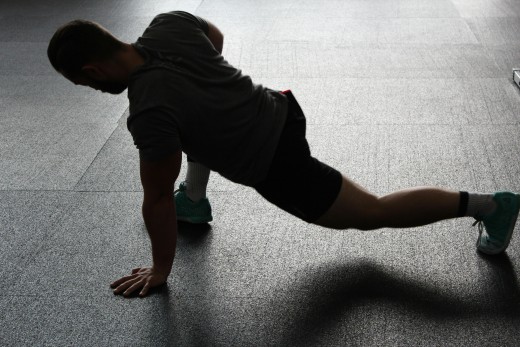
Push-Ups: The Classic Upper Body Builder
There is no doubt that push-ups are the most famous exercise worldwide. Push-ups are a great way to develop strength in the chest, shoulders, triceps, and core, but you will only need your body to turn those into workout successes.
Why Push-Ups Work
Because doing pushups activates more than one muscle group at a time, it develops strength and stability as a whole, as opposed to isolated muscles like those worked by a machine. Push-ups also contribute to practical coordination between the upper body and core; this is useful in athletics, day-to-day movement, and posture.
Variations for Every Level
-
Beginner: Incline push-ups or wall push-ups on a solid surface
-
Intermediate: Decline push-ups or standard push-ups
-
Advanced: Plyometric push-ups, weighted push-ups, or one-arm push-ups
Progress You Can See
One of the greatest things about push-ups is how simple it is to measure improvement. Transitioning from knee push-ups to standard push-ups, or adding reps, provides an evident feeling of accomplishment.
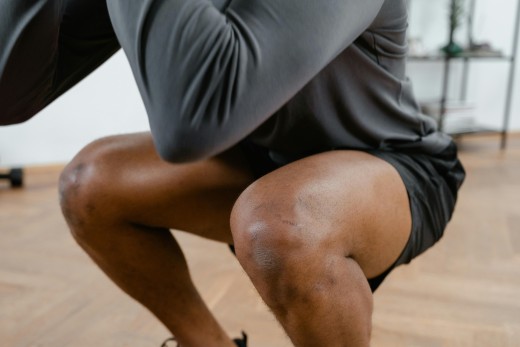
Squats: The Foundation of Lower-Body Strength
It can be called the king of exercises, and it is given to squats. Squats work the legs, glutes, and core, and simulate normal learning methods of sitting and standing. The benefit of strengthening the body through squats translates to everyday activities, such as climbing a flight of stairs and picking up an object in the right manner.
Why Squats Are Essential
Squats are functional movements since they imitate daily activities that individuals perform. Squats help in joint health, too, particularly the knees and the hips, because they make the muscles surrounding that particular joint stronger.
Variations for All Levels
-
Beginner: Chair-assisted squats or bodyweight squats
-
Intermediate: Weighted goblet squats or resistance-band squats
-
Advanced: Barbell squats, pistol squats, or jump squats
Building Confidence
Squats have the ability to make people feel more powerful when they can lower their squat or be in a position of stronger squat strength. Nothing is as good as accomplishment, as it gives a boost of confidence and keeps morale up.
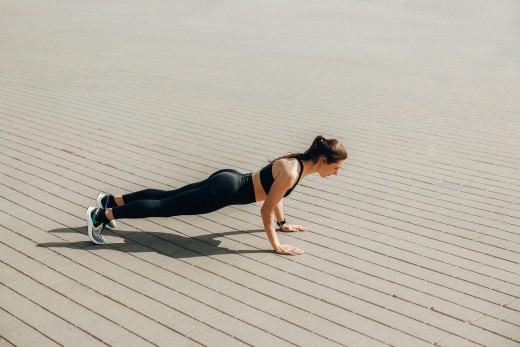
Planks: Core Strength and Stability
The core does far more than just look good it stabilizes almost every movement your body performs. Planks are among the finest exercises to build the entire core, including the abs, back, and shoulders.
Why Planks Are Better Than Crunches
Unlike crunches, which target the front abdominal muscles only, planks train multiple muscles at the same time. They also improve posture, avoid back pain, and promote proper methods of breathing when they are done right.
Variations for All Levels
-
Beginner: Knee planks or incline planks
-
Intermediate: Side plank or standard forearm plank
-
Advanced: Weighted planks, plank-to-push-up transitions, or shoulder taps during plank
Small Wins That Add Up
Planks are easy to quantify if you could hold one for 20 seconds last month and 40 seconds this month, that's obviously progress. These small labels can induce people to continue what they began.
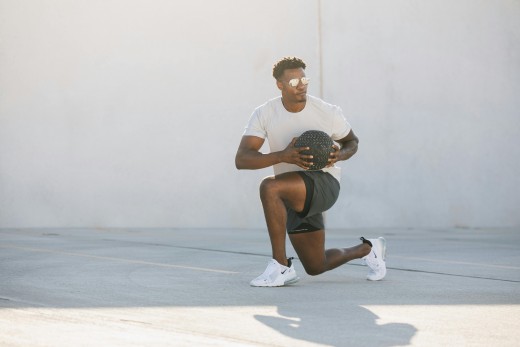
Lunges: Strength with Balance
Lunges use strength, balance, and flexibility all in one exercise. They target the hips and legs and build coordination as well as stability. Since both sides of the body are used separately, lunges also correct imbalances in the muscles.
Why Lunges Are Unique
Lunges, unlike squats, require greater coordination and balance. They replicate the movements of normal life, such as walking, running, or going up stairs, and hence are extremely functional.
Variations for All Levels
-
Beginner: Static reverse lunges
-
Intermediate: Walking lunges or forward lunges
-
Advanced: Jumping lunges, side lunges, or Bulgarian split squats
Improving Everyday Movement
Lunges also enhance gait and posture in addition to gaining muscle. It is particularly helpful to sportsmen and seniors who cannot afford to sit in one place.
Putting It All Together
Each exercise is effective in itself, yet when it is a combination of push-ups, squats, planks, and lunges, it is an effective exercise routine. Together, they activate the major muscle groups, contribute to stability, and enable functional strength.
Sample Beginner-Friendly Routine
-
8–10 push-ups (adapted if necessary)
-
10–12 bodyweight squats
-
20-second plank hold
-
8–10 lunges per leg
Do 2–3 rounds, modifying based on fitness level. With increasing strength, increase reps, holding time, or variations.
Why These Movements Stay Relevant
Unlike fad or machine-based exercise methods, these four exercises never become obsolete. They take up little space, fit any fitness level, and are performed in the home or gym. This makes them classics upon which fitness can be built.
Conclusion
Fitness does not need to be made complex. Styles are comprehensive, but the fundamentals always win. Four basic exercises that one can learn, scale, and benefit from include: push-ups, squats, planks, and lunges.
Incorporating these movements into your usual routine will not only enhance its strength but also stability, posture, and confidence. It is a reason that these exercises can only be described as evergreen since they continue to work year after year.
© 2025 Shaby Jones




